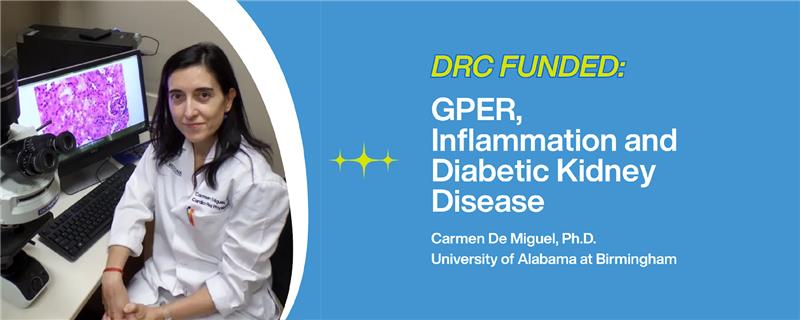Type 1 diabetes is a condition that does not discriminate. It affects males and females of all races and ethnicities around the world. Researchers in many countries are striving to develop effective treatment options that help the body to regulate blood glucose on its own and reduce the need for constant monitoring and insulin injections. At the Kyoto Diabetes Mini-Symposium in June 2017, researchers presented various studies and their potential impacts. Here is an overview of some of the treatment options being explored:
Islet Transplantation: Islet transplantation is one option that scientists have been working on for many years. Patients receive infusions of human islet cells to replace the cells their bodies have mistakenly destroyed. Studies have shown that this approach has resulted in improved glycemic control and hypoglycemia awareness, as well as protection from severe hypoglycemic events in some patients. However, there are still challenges regarding the lifespan of the graphs and their prolonged effectiveness.
Cell Sourcing from Large Animals: One challenge that researchers have faced in islet transplantation is generating a sustainable amount of islet cells. Scientists have turned to large animals such as pigs to try to cultivate a new source. Studies have found that porcine islet cells function very similarly to human islet cells. However, there is concern over the potential transmission of porcine endogenous retroviruses, so scientists have been experimenting with gene editing to inactivate contributing sections of various genes and reduce risk.
Scientists are also exploring the possibility of generating a human pancreas inside a pig so that it will produce human islet cells. Similar studies have been done with rats and mice where each has developed a pancreas for the other. There are many ethical concerns and regulations to be considered with this approach, however.
Human Stem Cell-Derived Beta Cells: Scientists are exploring the potential of targeting human stem cells and guiding them into developing into pancreatic progenitor cells and eventually mature insulin-producing beta cells. Ideally, this would allow the body to better regulate its own blood glucose levels. Researchers are working on improving differentiation protocols and determining the best host conditions for the cells.
Cell Encapsulation: Current treatment involving transplantation requires patients to take medication that suppresses the immune system to keep it from attacking the transplanted cells or organs. While it protects the transplant, it puts patients at risk for a variety of complications. Scientists are working on a process to encapsulate islet cells in a device that protects them from an immune system attack. They are experimenting with different materials, locations, and processes to determine what may potentially work best.
These are just a few of the strategies scientists are investigating to help treat and potentially cure type 1 diabetes. There is still a lot more research and testing necessary to fully explore these options and their safety and efficacy. It is these types of innovative approaches that continue to advance knowledge and treatment regarding type 1 diabetes. The Diabetes Research Connection supports early career scientists in developing their research by providing essential funding. Click to learn more about current projects and provide support.




